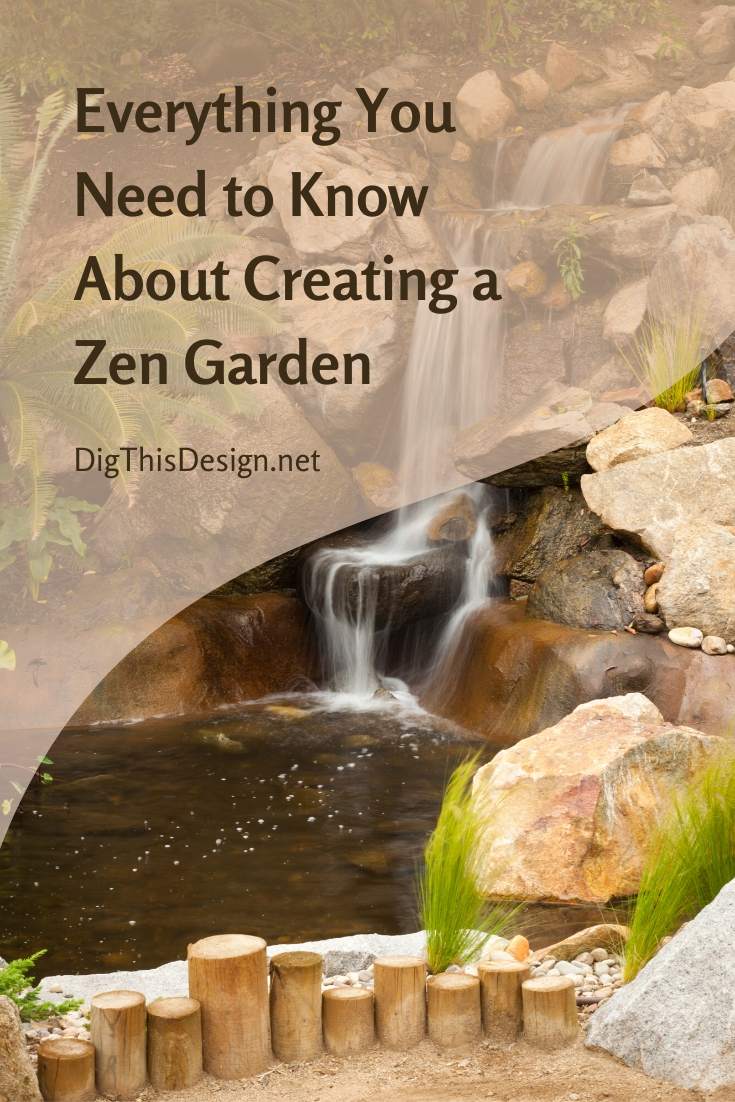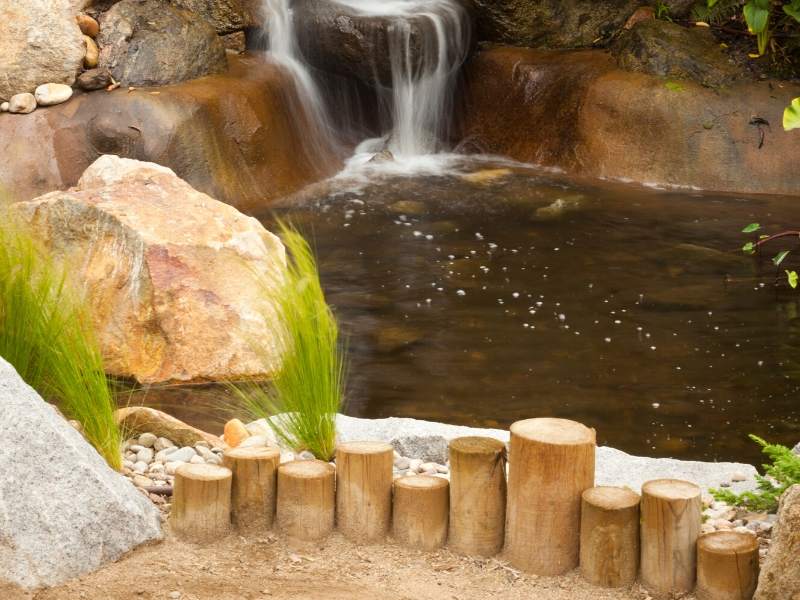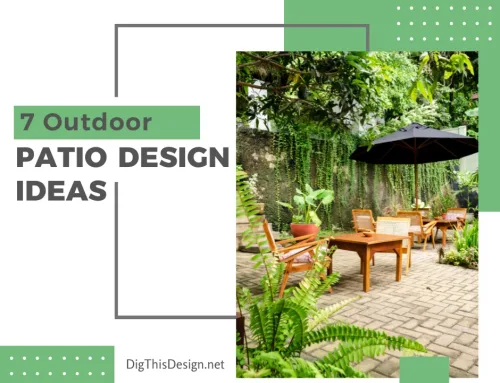A Zen garden is a dry landscape garden, often called a Japanese rock garden. This garden is mostly created with miniature style landscape by carefully arranging rocks, water, moss, pruned trees, bushes, and sands. These features represent ripples in the water. Zen gardens are usually small in size and surrounded by walls. They are designed to sit at a certain distance or a viewpoint outside the garden to see and realize its beauty. Within this article, I have included descriptions of Zen gardens for small spaces.
Everything You Need to Know About Creating a Zen Garden

Creating a Zen Garden in Small Spaces
Do you have any unused space around your house? If so, you can use that extra space to build your own Zen garden. Transform it into something that you would love to sit and watch to relax your mind. Use minimal designs to avoid any fussy and cluttered features that may ruin the entire thing. However, you can try adding some decorations and plants in order to give it a better look and attraction of glow!
One of the most important things about building a Zen garden for a small space is the arrangement. If the arrangement looks bad, then the entire effort is going to be nothing but a waste. Therefore, make sure it is light and pleasing to the eyes, not overly done.
Molds and Sand Raking

Zen gardens are dry landscapes. This is one of the reasons why the use of sand is essential for a Zen garden. Select a mold that will suit the size of your garden. A great tip is to use wood to make the mold for the sand. This will prevent the sand from moving or scattering. Sand raking is visible in most Zen gardens because this is how water ripples are represented.
Make your own creative design in the sand by raking it into patterns. You can use several types of patterns and combine them as one to give it a truly attractive and inspiring look. The best part of a dry landscape Zen Garden is that you can change the look whenever you want.
Make Use of Stones or Pebbles

Stones and pebbles are a great way to turn your garden into a magical landscape of attraction and wonders. They’re also the best way to get that Zen look in your garden. Once you finish raking the sand with designs of your choice, carefully place pebbles and stones to add attraction. Remember, don’t add too many because it might make the area look cluttered.
Add Some Zen Features
There are several Zen features that you can select from. It could be a stone lamp, a statue, or anything that you believe is visually appealing to look at. Just make sure to arrange the features in a way that everything goes well together.
Add Paths and Plants

You can give your zen garden appeal with colors such as green or yellow. These colors would balance the energy around the area; while making it more natural and refreshing. Create some pathways to the garden so that you can take a walk without interfering with the sands or stones. This could be a better way to explore your beautiful Zen garden.
Images Courtesy of Canva.
Other Posts You Might Enjoy
Backyard Entertainment Ideas for Summer
Outdoor Living Designs – See What’s HOT!





